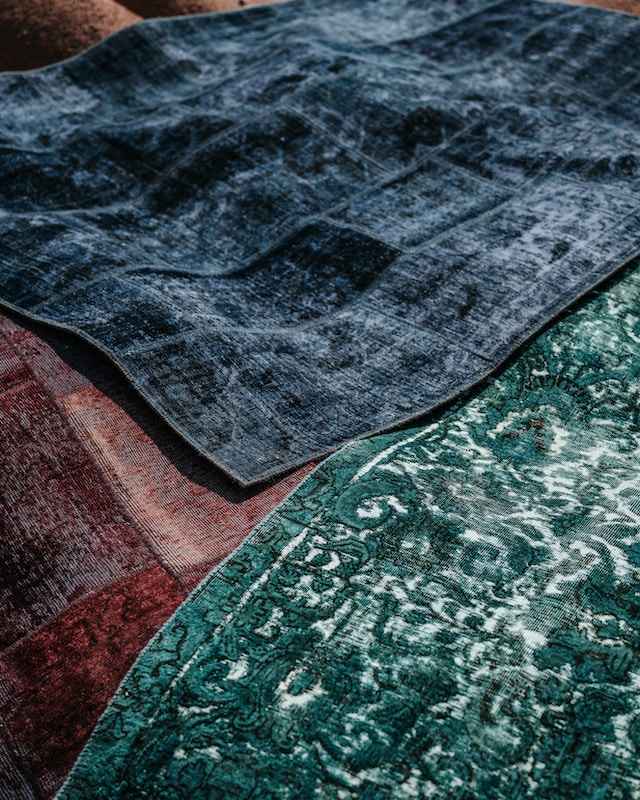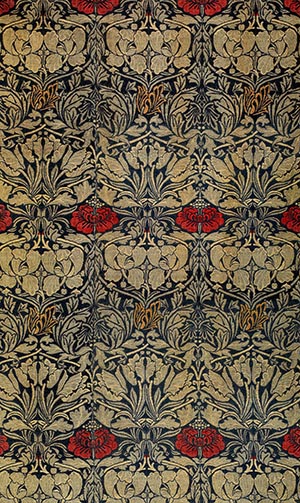
Kilim Patterns
History and origin of Kilim patterns
Kilim patterns have a rich history and origin that date back centuries. (Contrary to popular belief), these intricate designs did not originate from one specific region, but rather evolved over time through cultural exchange and influences.
The unique geometric shapes and vibrant colors found in Kilim patterns are a result of the diverse communities that have practiced the art of weaving over generations. (Did you know) that Kilims were traditionally used as floor coverings or wall hangings in nomadic tribes across Central Asia and the Middle East?
(Although it may seem) like a simple design at first glance, Kilim patterns actually hold deep symbolic meanings and stories passed down through generations. Each pattern tells a different narrative, whether it be about love, protection, or spirituality.
(Through years of craftsmanship) and artistic expression, Kilim patterns have become highly sought after in modern interior design for their timeless beauty and cultural significance. So next time you see a Kilim rug or pillow with intricate patterns, take a moment to appreciate the history and artistry behind it.


